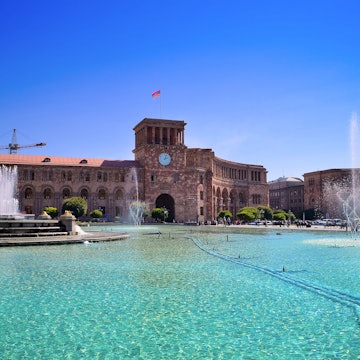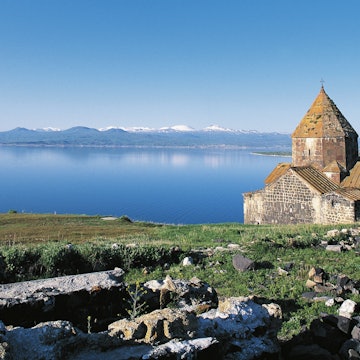

Overview
Few nations have histories as ancient, complex and laced with tragedy as Armenia (ՀԱՅԱՍՏԱՆ). And even fewer have a culture that is as rich and resilient. This is a destination where you will be intrigued by history, awed by monuments, amazed by the landscape and charmed by down-to-earth locals. It's not an easy place to explore – roads are rough, transport is often hard to navigate and those who don't speak Armenian or Russian may find communication difficult – but travelling here is as rewarding as it is revelatory.
Plan your trip with Guide, an AI travel planner!
Create a personalized trip itinerary in seconds using artificial intelligence.
Must-see attractions
Planning Tools
Expert guidance to help you plan your trip
Best Things to Do
Explore the 16 best things to do in Armenia, with its ancient monasteries, spectacular hiking and sophisticated wine scene.
Read full article
Best Places to Visit
From stunning monasteries to culture-filled old towns and breathtaking lakes, here are the 12 best places to visit in Armenia on your next trip.
Read full article
Best Time to Visit
Discover the best time to visit Armenia with tips on weather, prices and events from spring blooms and summer festivals to autumn wine and winter skiing.
Read full article
Things to Know
Armenia is a mountainous nation, known for its rich Christian heritage, Soviet-era architecture and modern capital. Here are our top tips for a visit.
Read full article
Get a book. Get inspired. Get exploring.
in partnership with getyourguide











